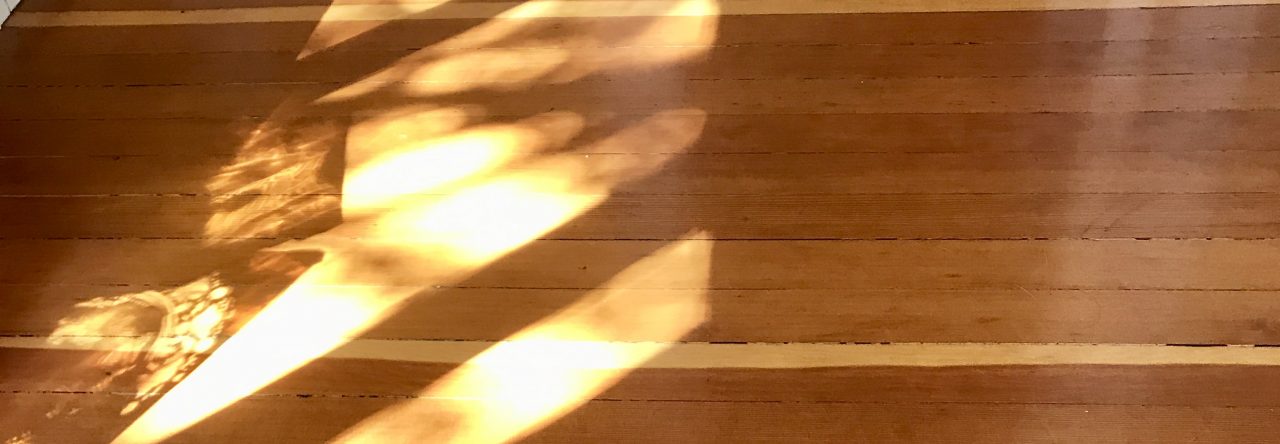I sat down to watch James Kendra’s Ted Talk – https://www.youtube.com/watch?time_continue=748&v=yrYGFdzQSmg.
He hit on so many of the points that I have been thinking about in relation to Social Studies teaching. One of the key reasons that I wanted to look at the use of current events in Social Studies teaching is to explore whether it could be the hook to create relevance for students. I hope to never have to hear the question ‘why do I have learn this’ because it will be so obvious to them the relevance of the material. The question in my mind is – what makes something relevant to us?
In his talk, Kendra starts to explore some of his answers to this. He talks about a content-free classroom, but it seems that what he means by that is not so much content-free but rather predetermined-content-free. He seems to be espousing the idea that by teaching through current events and allowing students to ask questions about events that are relevant to their lives it sparks their passions/interest, and that this in turn leads to better citizens. The questioning that occurs also is bound to lead down the road of history, geography, civics, economics etc. making it easy to cover any pre-determined content that may exist. He contrasts the approach with the more traditional social studies classroom which not only overall had a major emphasis on history, but also very often started in the past and too often never made the link to the present. He speaks about how he thinks students need to be able to understand what is going on now in order to understand what went on in the past.
Given all of this, I’m interested in reading/thinking more and testing a method of Social Studies teaching that looks like:
- starting in the here and now (i.e. current events)
- allowing students to ask their own questions (connection to inquiry here) about the current events to get them thinking deeply about what is going on and why.
It seems the recent changes to the curriculum with a move toward less pre-determined content in the classroom, may create the space and time to do the above. If what Kendra says is true, teaching through current events and with student-led questioning, may be the way to getting kids inspired and invested in Social Studies.
In my next step in this learning – I plan to take a current event and see if I can identify:
- what curriculum big ideas, competencies and content could be covered
- what kind of strategies I would need to employ to make ‘teaching through current events’ effective.
